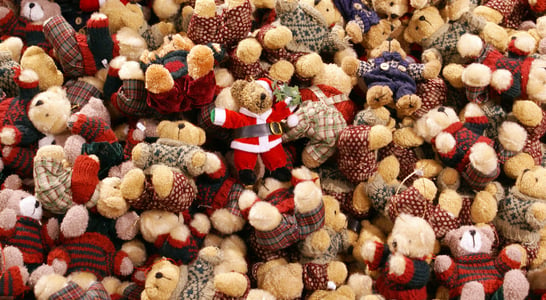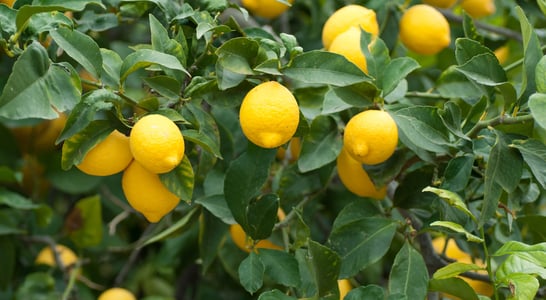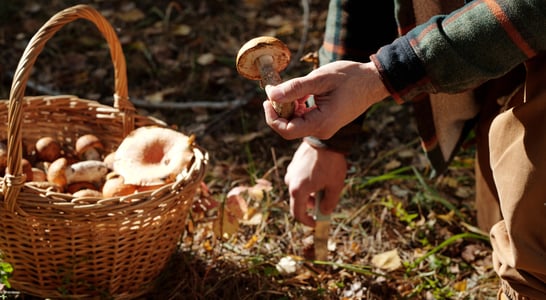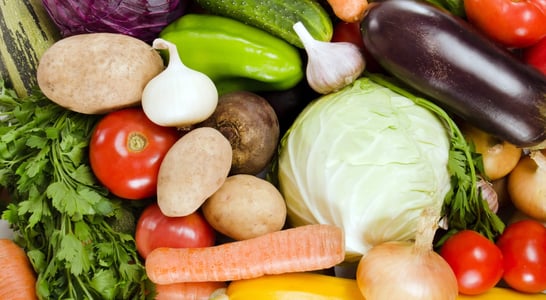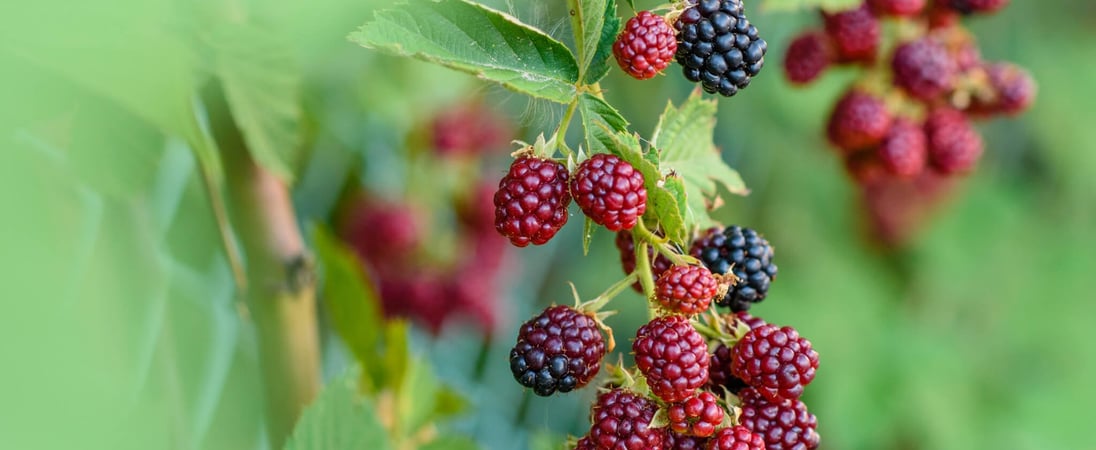
Wild Foods Day
Exploring nature's pantry, discovering wild treasures, and connecting with the earth through gathering natural sustenance.
From wildflowers and berries to mushrooms and fruits, or even seaweed and kelp, Wild Foods Day is here to show appreciation for and celebrate the amazing opportunities for eating and enjoying foods that grow in the wild!
History of Wild Foods Day
For thousands of years, humans have been consuming plants and vegetation that grows in the wild. Many generations of hunters and gatherers spent their lives living off of the wild things that grew on the land, far before farmers grew cultivated crops.
While the idea of eating wild foods might feel strange, for those who have access to wooded areas and land, it’s a great way to consume clean food that has been grown without pesticides or kept with preservatives. Plus, it’s such a healthy and satisfying feeling to be able to eat “found food” that is essentially free and completely fresh.
It is important, when gathering wild foods, to be sure that the land where the foraging is taking place doesn’t have any rules against it where the plants are protected. Or if it is private property, it’s a good idea to get permission. In addition, try not to be greedy because some other animals are likely depending on these wild foods for their dinner. So be sure to leave enough to share with those others in the ecosystem, like birds, bears and more.
Wild Foods Day seems to have been started in the mid-1970s by concerned citizens who wanted to promote the idea of eating food that grows in the wild. It is likely that the inspiration behind this day came from then mini-celebrity Euell Gibbons, who was a wild food enthusiast at the time.
Today, several decades later, Wild Foods Day continues to be a popular celebration, particularly among those who are interested in getting back to a more natural style of living. So whether it’s for earth-friendly lifestyle reasons, for a scouting project with one of the kids, to supplement the grocery shop with free food, or just to know what to do when camping or hiking, learning how to live off of the land is a great idea on Wild Foods Day or any day of the year!
How to Celebrate Wild Foods Day
Looking for some fun plans for showing appreciation on Wild Foods Day? Check out some of these ideas, grab some friends, and get started celebrating!
Learn to Identify Wild Foods
For those who intend to make eating wild foods a habit, Wild Foods Day might be a good motivation to do a bit of studying in order to be able to quickly identify what is appropriate for eating and what might be dangerous. Online research or borrowing books from the local library might be a good start. Although the best way might really be to locate an expert and see if they would be interested in an apprentice tagging along as a learner!
Take a Walk in the Woods
Of course, one of the most meaningful ways to engage with Wild Foods Day would be to take a walk in the woods with a basket or bag and try foraging for food. For novices, it might be a good idea to take a reference book along to be sure everything is edible – particularly mushrooms.
Look for berries, green plants like nettles, and even flowers such as rose hips, lavender or dandelion. Many different wild herbs can also be foraged for, including wild mint, garlic mustard, clover, yarrow and so many others. A wide range of wild foods can be eaten as they are or made into excellent teas, jams, syrups and more, with just a small amount of effort and few other ingredients.
Prepare Some Wild Foods
In honor and celebration of Wild Foods Day, perhaps it would be fun to do some food prep from those wild foods that were gathered previously. Check out some of these ideas for what to make:
-
Rosehip Jam
These leftover bases after the rose petals fall off can be used for all sorts of yummy things in the same way berries might be used. Rosehips are rich in vitamins like A, C, D, and E, and have been important for providing vital nutrients during wartime when food was scarce. They can be found from the middle of summer to early winter, and can also be made into teas, syrups and more.
-
Elderberry Syrup
The flowers from these berries found in the spring can make delicious cordials or even homemade champagne. Later in the season, the ripe berries can be picked to make syrups that may act as a super healthy boost to the immune system. Or the whole berries can be baked into muffins or quick breads. It’s best to avoid eating elderberries before they are cooked, though.
-
Wild Apples
Many fruit trees grow in the wild, offering delicious opportunities for making apple butters, applesauces, pies, tarts and much more. Wild apples are often smaller than cultivated ones, and be sure to check for worms or other bugs, as they haven’t had pesticides sprayed on them.
-
Chestnuts
Sometimes called sweet chestnuts, horse chestnuts, or even “conkers”, these nuts grow on trees and are prolific in certain areas of the UK, Europe and the US. The strange looking nuts have green spiky encasements that have to be roasted off. Then, when cooked into other foods such as vegetables with spices, or used in a nut bread, they can provide a tasty treat!
Watch Shows Incorporating Wild Foods
With so many nature shows on television and resources on the internet today, a celebration of Wild Foods Day might include watching some shows or YouTube videos about foraging and gathering.
- Wild Harvest is one show that aired on PBS in 2020, featuring Les Stroud, the star of the show Survivorman.
- Chefs vs. Wild, from 2022, was based on the premise that two chefs were dropped in the wild and meant to create a five star meal from what they found in the wilderness.
- Forage Wars was a 2012 reality competition series where teams of foragers would compete to gather the most ingredients.
Wild Foods Day FAQs
What wild foods are edible?
Some of the top edible wild foods include dandelion, nettle, elderberry, seaweed, asparagus and certain kinds of mushrooms.
How to get food in the wild?
Foraging for food can be fun, but also needs to be done safely so be sure to do some homework first. And in general, it’s best to stay away from brightly colored plants and insects, as they may be poisonous.[1]
Is wild game safe to eat?
Wild game meat is usually safe but needs to be cooked very thoroughly to be sure any possible contaminants are cooked out.[2]
Which wild mushrooms are safe to eat?
Going mushroom hunting is a skill that is best learned by an expert! For beginners, some of the easiest wild mushrooms to identify are chanterelles, hen of the woods, oyster and sulfur shelf mushrooms.[3]
Also on ...
View all holidaysWe think you may also like...
Plant a Lemon Tree Day
Lemon trees are good for the environment, and incredibly useful. Make lemonade, salad dressing, cocktails and more. Just plant a lemon tree and reap the benefits.
Fresh Veggies Day
Head to a farmer’s market, U-Pick veggie field, or even your own backyard garden and see what delicious and nutritious meals you can make with fresh veggies.


